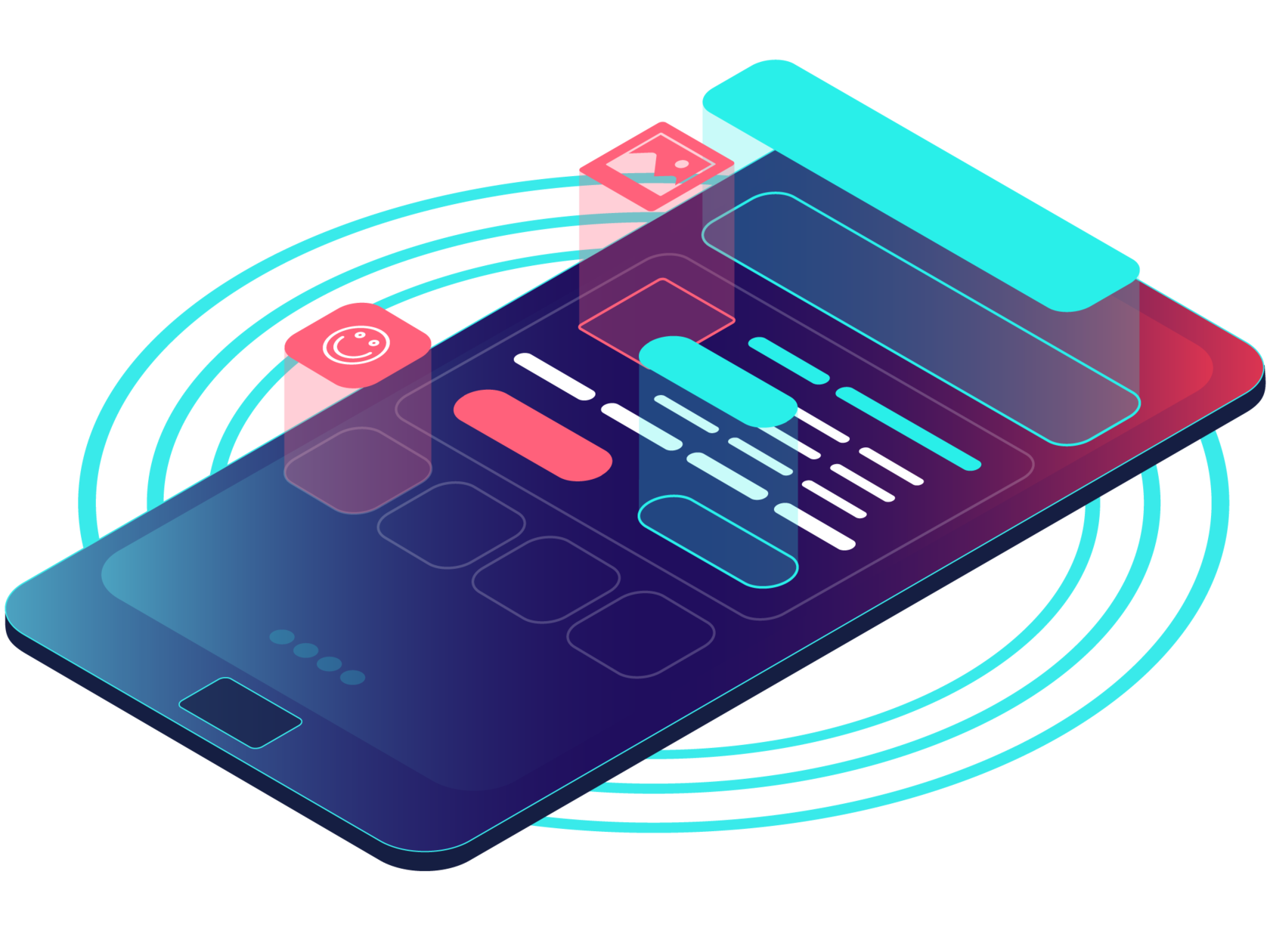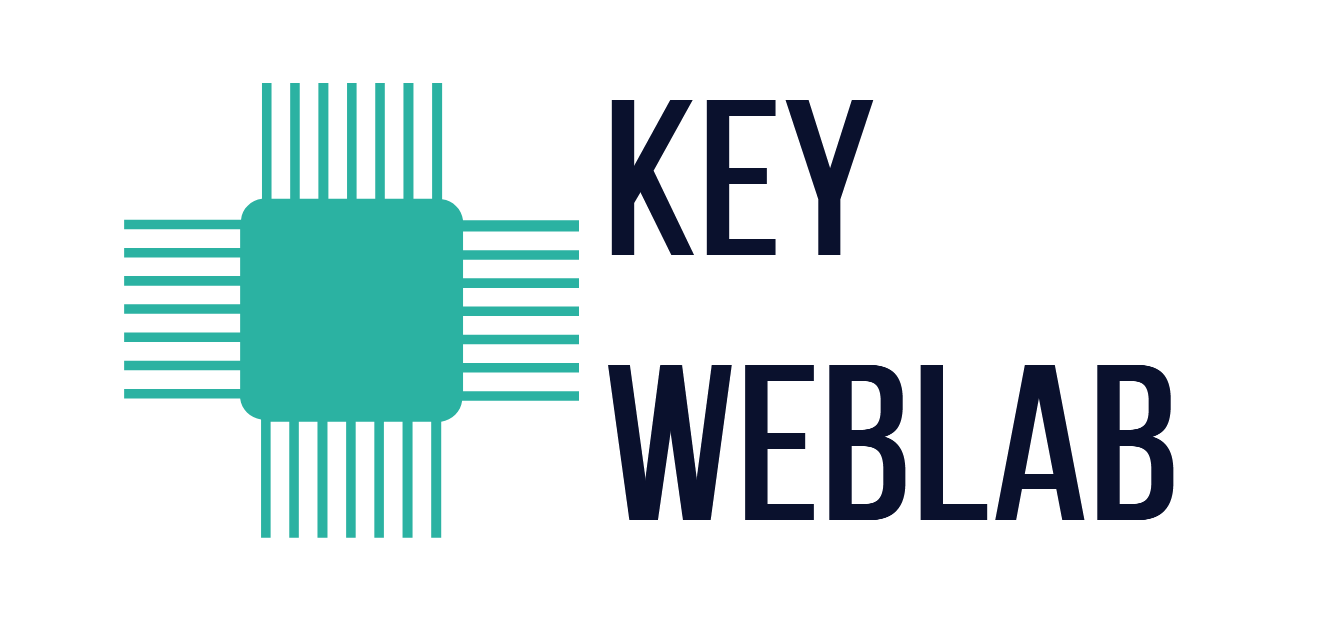We think through interfaces in detail, create applications for iOS and Android, maintain and provide technical support for the software

Design for mobile applications and web services
Mobile application development
We develop mobile applications (iOS, Android) on a turnkey basis, starting from analyzing business processes and writing technical specifications and ending with its testing, implementation and maintenance
Web services development
We create complete ecosystems for your business. Manage applications, website, team, transactions with counterparties in one window
Support
We provide technical support and modification of applications both developed by us and by other contractors
Team work
Online discussions and comments will allow your team to communicate and keep abreast of all project updates and news.
Our design model
Development stages
1. Project assessment
We determine the budget, timing and scope of work for the project. The purpose of the stage: to create a document with goals and objectives, evaluate each element of functionality in hours of work and estimate their cost, describe the technologies, potential risks and responsibilities of the parties.
2. Project planning
After discussing general issues, we move on to specifics: we clarify legal issues, sign documents and form a team.
3. Team formation
The team's composition depends on the specifics of the project. Animation and sound specialists are important when developing a game, and creating a banking mobile application is impossible without a security specialist. The number of participants in each role may also vary: for every ten developers there may be one analyst and one designer, or three analysts and five designers.
4. Analytics
At this stage, all elements of the system are worked out in detail: business processes, necessary functions, security, performance, scalability and fault tolerance requirements are described. All this is collected in technical specifications.
5. Development
Thanks to our SCRUM development methodology, the process is always visible and understandable, there are concrete results at each stage, all participants in the process support communication, and most importantly, the project is highly flexible and adaptable during implementation, which allows for qualitative changes to be made at all stages of development.
6. Testing and bug fixing
No project can be completed perfectly the first time: errors may occur somewhere. QA, following a pre-designed test plan, checks the project blocks one by one and finds errors.
After bugs are corrected, the project is sent for regression testing - this helps ensure that new changes will not affect the operation of other sections of the application.
After bugs are corrected, the project is sent for regression testing - this helps ensure that new changes will not affect the operation of other sections of the application.
7. Release
Once all errors have been corrected, the application is sent to the end user. Depending on the project, this could be publishing in app stores, integration with other company services, or releasing a new version of the application.
Technical support and project development
Work on the product does not end after the release. Feedback comes from users, sooner or later errors are discovered, new ideas and suggestions appear. The process begins anew, starting with the analytics and evaluation stage.
The cost depends on the labor costs of the project, the urgency and qualifications of the specialists. Therefore, there is a wide price range on the development market. In order for us to calculate the cost of developing your project, submit a request.
We not only develop from scratch, but we can also improve the current version of your application after an audit. Next, we draw up a technical specification, agree on it and get to work.
Everything is very individual. Depends on the complexity of the project, niche and technical specifications. If necessary, we will help you draw up technical specifications for application development. The average time to create an MVP is 4-6 months. As a rule, application development does not end there, but the application may already be published in application stores.
The work process is transparent for both parties. We involve a development team in the project and report to you based on the results of 2-week sprints. Our project manager will allways be in touch with you.
Yes. We will send you a test version of the application before publishing it in the application stores: AppStore, Google Play and AppGallery. Publication will occur only after agreement with you.
Key WebLab © All rights reserved 61 Bridge Street, Kington, London, United Kingdom

keyweblab@yahoo.com

